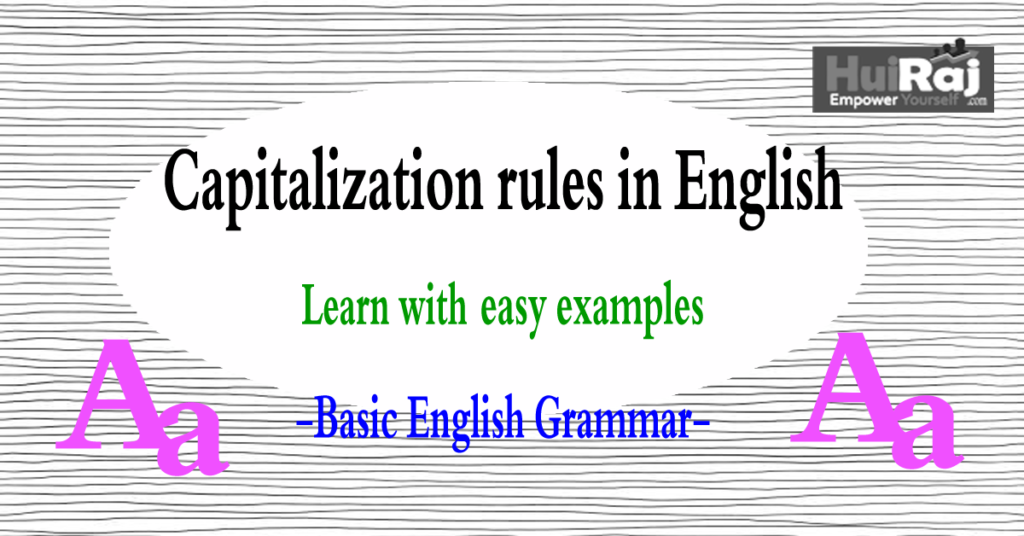All rules of Full Stop
The Full Stop is one of the most commonly used Punctuation marks. Full Stop is also known as the Period. The Full Stop or Period is used to stop or end a sentence. The period or Full Stop shows that a sentence has ended. E.g. I have a goal and I must achieve it(.)
Here are four important rules of Full Stop or the period.
Rule 1
Since the period or full stop is a concluding/terminal punctuation mark, it comes at the end of a sentence. But, when a question mark is placed at the end. We do not put a period/full stop after a question mark or an exclamation mark.
For example:
Incorrect: Didn’t you complete your homework yesterday?.
Correct: Didn’t you complete your homework yesterday?
Which one is correct?
- Didn’t you complete your homework yesterday?
- Didn’t you complete your homework yesterday?.
Answer: The first one is correct. (Because a period/full stop and question mark does not come together. We must use either one only.)
Rule 2
A period or Full Stop is used instead of a question mark when it is an indirect question. A question mark is not used with such questions.
The direct question takes Question Mark at the end. A direct question is a question asked exactly as it is spoken.
For example:
- “Did you do the task?”
- “Did you complete the 100 steps in stepwisenelgish?”
But, an Indirect Question takes a Period or Fullstop at the end. An indirect question is a question that is being talked or written about.
For examples.
- I wonder if you did the task.
- I wonder if you did or had completed the 100 steps of stepwiseenglish.
Which one is correct?
- They wanted to know where we were from.
- They wanted to know where we were from?
Answer: The first one. ( This question is an indirect question. So, it takes a period at the end instead of the question mark.)
Rule 3
If a sentence ends with a quotation. The period/Full Stop can be placed either inside or outside of the quotation mark even if it is not a part of the original quote.
For example:
- He said, “ I am very rich.”
- 2. He said, “ I am very rich”.
Which one is correct?
A. He said, “You can do it.”
B. He said, “You can do it”.
Answer: Both A and B are correct. [Because we can write/place the period/full stop either inside or outside of the quotation mark if a sentence ends with a quotation]
Rule 4
The period is also sometimes used for abbreviations or short forms. The period can be used for both types of abbreviations such as lower case letters and UPPER case letters.
For example:
- Mrs. Richard teaches us English nowadays.
- The short “For Example” is “E.g.”.
Note: The period is not used with abbreviations that only have upper case letters.
For Example:
The CBI is investigating the case.
Exception: However, some uppercase abbreviations, such as academic degrees, do not take the period. Generally, this is optional and as long as it is used consistently, either style can be used.
For example:
CA, MBA, MBBS, etc.
Further, there are only a few Latin abbreviations used in English, we use them with periods as well, even though they might be all lowercase characters.
For example:
- ‘Et Cetera, is written as ‘etc.’ (Et=and, Cetera=the rest).
- ‘That is, is written as ‘i.e.’
- ‘Namely, that is to say, which is, or as follows”, is written as “viz. Or viz”.
Which one is correct?
- The C.B.I. and the F.B.I. are investigating the case.
- The CBI and the FBI are investigating the case.
Answer: Second is one correct. (We do not use periods with the abbreviations of academic degrees, or organization unless they are used frequently.)
“If you are not willing to learn, no one can help you. If you are determined to learn, no one can stop you.”
-by Zig Ziglar.
